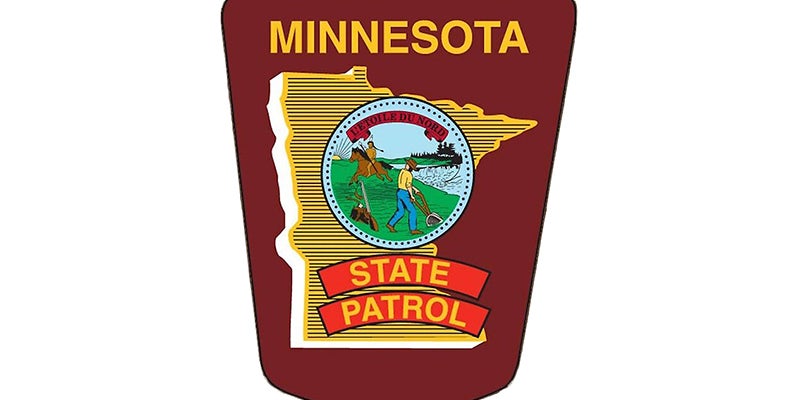Vision 2020: Bridge improvements offer many public benefits
Published 1:17 pm Sunday, January 10, 2016
By Greg Siems
Vision 2020 Director
We’ve heard for years, if not decades, about the need to replace our nation’s crumbling infrastructure. This is a critical issue that affects many aspects of our lives, including transportation, commerce and public safety. What you might not realize, though, is that the benefits of new roads and bridges go beyond making it a little easier to get from point A to point B.
The construction of bridges, in particular, offers invaluable opportunities to design spaces that are attractive to motorists, bicyclists, and walkers alike. It is easy to take bridges for granted as a basic aspect of our modern world, but they are true engineering and architectural marvels. Think about how many people travel over, under, or along bridges every day and how long they need to survive this traffic. Also think about how all of the passersby look at these same areas over and over again while traveling to and from work, school, or community events. Wouldn’t it be nice if we began to think about these heavily used public structures as something more than a large pile of concrete and metal, and, potentially, as aesthetically pleasing assets instead of industrial eyesores?
Thankfully, we have forward thinking leadership in Austin that is beginning to address these questions. The Vision 2020 Gateway to Austin Committee has been working for years with the Minnesota Department of Transportation, the City of Austin, and Mower County to develop a comprehensive set of guidelines that will shape how new bridges, especially along the Interstate 90 corridor, in our community will look and feel. These guidelines, summarized in a document called the “Austin Visual Quality Manual,” include wider sidewalks for pedestrians, attractive architectural features, and landscaping that is both pleasing to the eye and easier to maintain.
Bridges are expensive and don’t get replaced often. When they do, it’s vital to make sure they’re done right and that they reflect the character and sensibilities of the town. Austin’s new bridges (several are scheduled for construction within the next decade) will feature a combination of brick and limestone that is comparable to many of our downtown and historic buildings. The landscaping will be filled with native species. The wider sidewalks will provide even more opportunities and access for our active community.
I’ve heard some people describe these potential assets as “bells and whistles” that are not worth the extra money, but I must respectfully disagree. In relation to the overall expense of a new bridge they are quite small and, more importantly, they are not sunk costs. Investing in the aesthetics and accessibility of our bridges will generate a huge return for years to come. Recall, again, how long these bridges will stand and consider a few of the many benefits they will provide:
1. Having more attractive features along the interstate will encourage travelers to stop in Austin for gas, food, or entertainment. This leads to more sales for local businesses and greater tax revenue for the government, helping to create more jobs and provide funds for vital public services.
2. Wider sidewalks help make biking and walking easier for transportation, enjoyment, and health.
3. Nicer-looking structures and green spaces can promote individuals’ sense of place and overall well being. In may sound hokey, but looking at pretty things really does improve your mood (there are plenty of studies, look them up). Appearances matter, and helping Austin look like a vibrant, welcoming community is an important part of the process of actually making it so. We all want to feel good about the place we call home, and investing in our public infrastructure should be thought of as an essential step in that direction.
The extent of these benefits may be hard to predict or quantify, but stop one more time to consider the alternative. We could build bridges based on the standard specifications that look just like those in every other town — they would cost a little less and would certainly be an improvement over the current situation. But don’t we, as a community, want to imagine something better? Don’t we want to tell ourselves and the world that we deserve better? On behalf of Vision 2020, I hope you will join us in supporting this great project.


